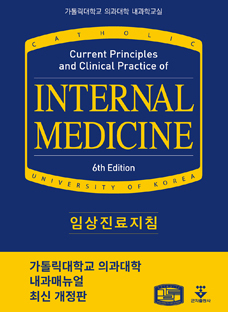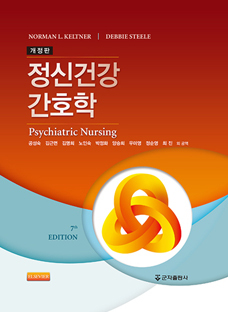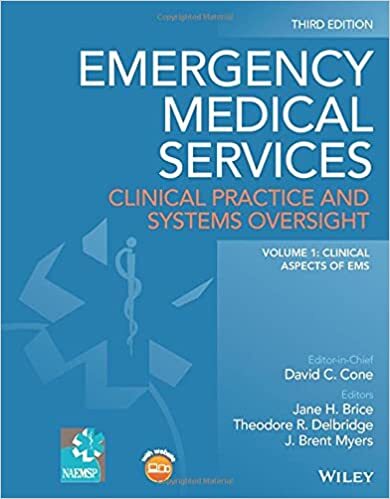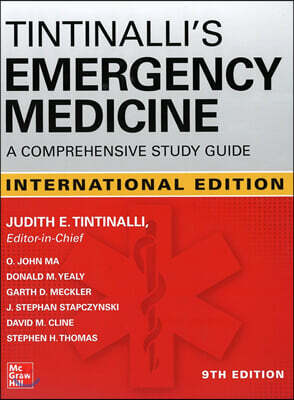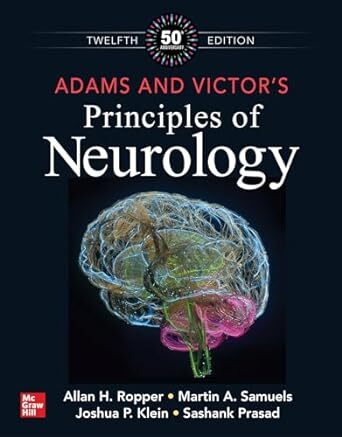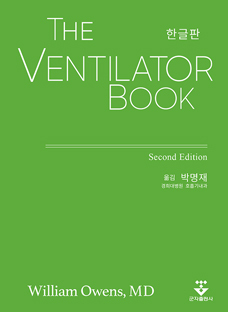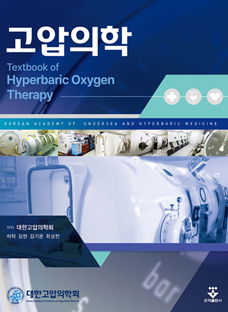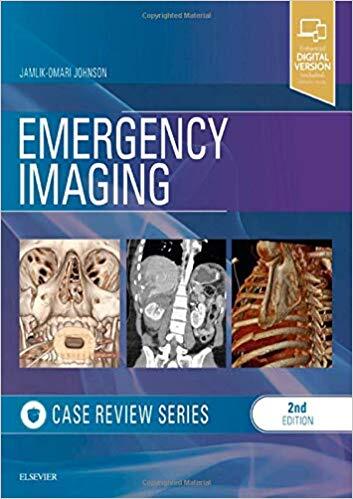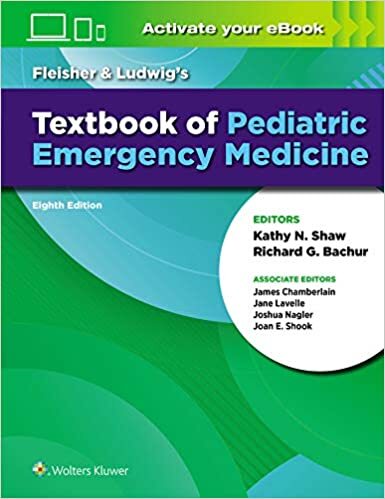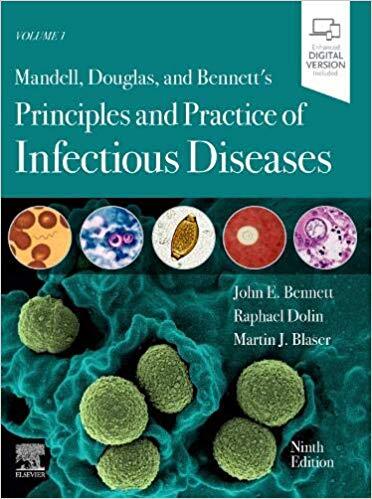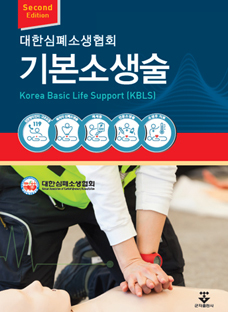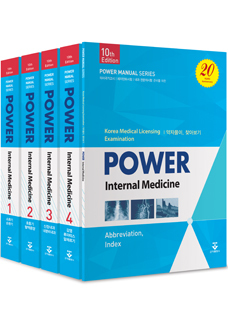Contributors
Foreword
Preface
About the Companion Site
Volume I
Chapter 1 History of Emergency Medical Services
Jon R. Krohmer
Section I: Airway
Chapter 2 EMS Airway Management: System Considerations
Francis X. Guyette and Henry E. Wang
Chapter 3 Airway Procedures
Jestin N. Carlson and Henry E. Wang
Chapter 4 Airway Management: Special Situations
Brendan Anzalone and Henry E. Wang
Section II: Breathing
Chapter 5 Respiratory Distress
Matthew R. Neth and Mohamud R. Daya
Chapter 6 Oxygenation and Ventilation
Vincent N. Mosesso and Angus M. Jameson
Section III: Circulation
Chapter 7 Hypotension and Shock
Francis X. Guyette, Raymond L. Fowler, and Ronald N. Roth
Chapter 8 Vascular Access
Bryan B. Kitch and Eric H. Beck
Chapter 9 Chest Pain and Acute Coronary Syndromes
Joseph P. Ornato, Michael R. Sayre, and James I. Syrett
Chapter 10 Cardiac Dysrhythmias
Christian C. Knutsen and Donald M. Yealy
Chapter 11 Cardiac Procedures and Managing Technology
Joanna L. Adams and David P. Thomson
Chapter 12 Cardiac Arrest Systems of Care
Bryan McNally, Paul Middleton, Marcus Ong, and Gayathri Devi Nadarajan
Chapter 13 Cardiac Arrest: Clinical Management
Jon C. Rittenberger and Vincent N. Mosesso, Jr.
Section IV: Medical Problems
Chapter 14 The Challenge of the Undifferentiated Patient
Andrew Travers
Chapter 15 Altered Mental Status
Mariecely Luciano-Feijoó and Jefferson G. Williams
Chapter 16 Syncope
David J. Schoenwetter
Chapter 17 Seizures
J. Stephen Huff
Chapter 18 Stroke
Timothy P. Chizmar and Janelle M. Martin
Chapter 19 Abdominal Pain
Jeffrey D. Ferguson and Michael Ferras
Chapter 20 Diabetic Emergencies
Mariecely Luciano-Feijoó, José G. Cabañas, and Jane H. Brice
Chapter 21 Allergic Reactions
Debra G. Perina and Briana N. Tully
Chapter 22 Renal Failure and Dialysis
Jocelyn M. De Guzman and Bryan B. Kitch
Chapter 23 Infectious and Communicable Diseases
Russell D. MacDonald
Chapter 24 Choking
Gregory H. Gilbert
Chapter 25 Submersion Injuries and Drowning
Robert Lowe
Section V: Trauma Problems
Chapter 26 Trauma Systems of Care
James E. Winslow
Chapter 27 Blunt Trauma Considerations
Sabina A. Braithwaite and Noah Bernhardson
Chapter 28 Motor Vehicle Crashes
Stewart C. Wang, Kristen Cunningham, Sven Holcombe, and Robert Kaufman
Chapter 29 Penetrating Trauma
Michelle Welsford and Clare Wallner
Chapter 30 Traumatic Brain Injury
Anjni Joiner
Chapter 31 Electrical Injuries
Jeffrey Lubin
Chapter 32 Blast Injury
Andre Pennardt and Emerson Franke
Chapter 33 Thermal and Chemical Burns
Richard Schwartz, Richard Cartie, Peter Bui, and Bradley Michael Golden
Chapter 34 Crush Injury
Roberto C. Portela and Nathan Roney
Chapter 35 Hemorrhage Control
Jeremiah Escajeda
Chapter 36 Orthopedic Injuries
Mary P. Mercer
Chapter 37 Ocular Trauma
Eric Hawkins and Joseph Blackwell
Chapter 38 Bites, stings, and envenomations
Adam Frisch, Andrew King, and Stephanie O. Frisch
Chapter 39 Field Trauma Triage
Matthew Cobb, Aaron Dix, and Scott M. Sasser
Chapter 40 Trauma-Stabilizing Procedures
Benjamin A. Smith
Section VI: Obstetrics and Gynecology Problems
Chapter 41 Physiology of Pregnancy
Rickquel Tripp
Chapter 42 Emergencies of Pregnancy
Aiman Saleh and Joseph Grover
Chapter 43 Normal Childbirth
Stephanie A. Crapo and David A. Kranc
Chapter 44 Childbirth Emergencies
Angus M. Jameson and Micha Campbell
Chapter 45 Perimortem Cesarean Section
Christian Martin-Gill
Section VII: Toxicological Problems
Chapter 46 Principles of Toxicology
Christine M. Murphy
Chapter 47 Treatment and Evaluation of Specific Toxins
Michael C. Beuhler
Section VIII: Environmental Problems
Chapter 48 Cold Exposure Illness and Injury
Jonnathan Busko
Chapter 49 Heat-Related Illness
Gerald (Wook) Beltran
Chapter 50 High Altitude Illnesses
Hawnwan Philip Moy and Richard Benson II
Chapter 51 Effects of Flight
David P. Thomson and Joanna L. Adams
Chapter 52 Diving Injury
Katherine Couturier and Irfan Husain
Section IX: Special Populations
Chapter 53 The Special Needs of Children
Susan Fuchs
Chapter 54 Pediatric Medical Priorities
Toni Gross and J. Joelle Donofrio-Odmann
Chapter 55 Pediatric Trauma Priorities
Jennifer N. Fishe
Chapter 56 Technology-Dependent Children
Sylvia Owusu-Ansah
Chapter 57 Approach to the Geriatric Patient
Michael Mancera, Michael Lohmeier, and Manish N. Shah
Section X: Special Considerations
Chapter 58 Behavioral Health Emergencies
Jay H. Reich and Anthony T. Ng
Chapter 59 Bariatric Patient Challenges
Jeremy T. Cushman
Chapter 60 Intimate Partner Violence
Elizabeth A. Donnelly, Dana Levin, and Betty Jo Barrett
Chapter 61 Sexual Assault
Diane L. Miller and Karen Serrano
Chapter 62 Child Maltreatment
Deborah Flowers and Molly Berkoff
Chapter 63 Human Trafficking
Ronna G. Miller, Asha Tharayil, Brian L. Miller, and Brandon Morshedi
Chapter 64 Ethical Challenges
Dave W. Lu and James G. Adams
Chapter 65 Death, Dying, and End of life Issues
Jennifer Cook, Aaron Case, Shannon Appy, Joshua Lupton, and Terri A. Schmidt
Chapter 66 Family and Bystanders
Lynne Dees
Chapter 67 Analgesia
Richard A. Kamin and Mark X. Cicero
Chapter 68 Point of Care Testing in EMS
Alix JE Carter
Chapter 69 Ultrasound Applications in the Prehospital Setting
Danielle Levine and Rachel Liu
Appendix
Glossary
Index
Contributors
Foreword
Preface
Volume II
Section I: Principles of Oversight and Design
Chapter 70 Medical Oversight of EMS Systems
Michael Levy and John M. Gallagher
Chapter 71 Principles of EMS System Design
Mic Gunderson
Chapter 72 Emergency Care Regionalization
Andrew N. Hogan, Reagan Rosenberger, and Raymond L. Fowler
Chapter 73 Telemedicine and Emerging Telecommunications
Renoj Varughese, Kaori P. Tanaka, Susan J. Burnett, and Brian M. Clemency
Chapter 74 Interfacility Transportation
Ashley N. Huff, Jacob B. Keeperman, and Lesley Osborn
Chapter 75 Air Medical Services
Thomas Judge
Section II: Human Resources
Chapter 76 EMS Personnel
Paul Rosenberger, Kathy J. Rinnert, Aditya Lulla, and Ray Fowler
Chapter 77 Protection of EMS Personnel from Occupationally Acquired Infections
Carin M. Van Gelder
Chapter 78 Medical Surveillance of Emergency Response Personnel
Mike McEvoy
Chapter 79 EMS Clinician Wellness
P. Daniel Patterson, Matthew D. Weaver, and David Hostler
Chapter 80 Occupational Injury Prevention and Management
P. Daniel Patterson, Matthew D. Weaver, David Hostler, and Deanna Colburn
Chapter 81 Prevention and Intervention for Psychologically Stressful Events
Richard Gist and Marc Kruse
Chapter 82 EMS Practitioner Education
Beth Lothrop Adams and Kim D. McKenna
Section III: Legal and Legislation
Chapter 83 Legal Issues
W. Ann "Winnie Maggiore
Chapter 84 Legislation, Regulation, and Ordinance
Ritu Sahni and Brent Myers
Chapter 85 Due Process
E. Fremont Magee and Sarah M. Sette
Chapter 86 Risk Management
Raymond L. Fowler, Melanie Lippmann, Faroukh Mehkri, and James Atkins
Chapter 87 Politics and Advocacy for the EMS Physician
Ritu Sahni
Section IV: Dispatch and Communications
Chapter 88 Dispatch
Ronald Roth and David C. Cone
Chapter 89 Ambulance Safety
Christopher A. Kahn
Chapter 90 Communications
Kevin McGinnis and Barry Luke
Section V: Finance and Public Interfaces
Chapter 91 Principles of Finance
Paul Hinchey and Jeffrey M. Goodloe
Chapter 92 State EMS Offices
Douglas F. Kupas, Peter P. Taillac, and Lee B. Smith
Chapter 93 EMS – Public Health Interface
Robert P. Holman, Ryan B. Gerecht
Chapter 94 EMS Physicians as Public Spokespersons
Edward M. Racht and Jeff Beeson
Section VI: Extraordinary Circumstances
Chapter 95 Incident Command System and National Incident Management System
Erin R. Hanlin and Kevin Schulz
Chapter 96 Medical Management of Mass Gatherings
John F. Brown, Joshua G. Smith, and Katie Tataris
Chapter 97 Disaster Preparedness and Management
Alexander P. Isakov, Ryan Carter, and Yuko Nakajima
Chapter 98 The Federal Medical Response to Disasters
Kevin Horahan and Scott Lee
Chapter 99 Prehospital Triage for Mass Casualties
E. Brooke Lerner, Richard B. Schwartz, Ryan Carter, and Kunal Chadha
Chapter 100 Mass Casualty Management
Daniel P. O’Donnell, Thomas A. Lardaro, and Mark Liao
Chapter 101 Mass Casualty Evacuation and Patient Movement
Joanne McGovern
Chapter 102 Temporary Treatment Facilities
Roy L. Alson and Christine S. Hall
Section VII: Special Hazards
Chapter 103 Medical Support for Hazardous Materials Response
Thomas Blackwell, Craig DeAtley, and Allen Yee
Chapter 104 Chemical Properties of Hazardous Materials
Joshua B. Gaither and Robert N. E. French
Chapter 105 Radiological and Nuclear Response
John C. White
Chapter 106 Weapons of Mass Destruction
Adam Kaye and Jonathan L. Burstein
Section VIII: Special Environments
Chapter 107 Tactical Emergency Medical Support
David K. Tan and Jeffrey E. Siegler
Chapter 108 Technical Rescue, Confined Space, and Limited Access Situations
David C. Cone
Chapter 109 Care in the Wilderness
Seth C. Hawkins, Michael G. Millin, William R. Smith
Chapter 110 Mobile Integrated Health & Community Paramedicine
Melissa Kroll and Kevin Munjal
Section IX: Safety and Quality
Chapter 111 Patient Safety Culture
Blair L. Bigham, Brodie Nolan, and P. Daniel Patterson
Chapter 112 The Evolution of Quality Concepts and Methods
Remle P. Crowe
Chapter 113 Defining, Measuring, and Improving Quality
Scott S. Bourn, Kevin E. Mackey, and Michael Redlener
Chapter 114 Information Systems
Greg Mears
Section X: Advancing Knowledge
Chapter 115 EMS research basics
E. Brooke Lerner, David C. Cone, and Donald M. Yealy
Chapter 116 Informed Consent in EMS Research
Lynn J. White
Chapter 117 Out-of-Hospital Cardiac Arrest Research
Brian Grunau, Karen Smith, and Ashish R. Panchal
Chapter 118 Trauma Research Methodology
Peter P. Taillac
Chapter 119 Pediatric Research Methodology
David Markenson, Lauren C. Riney, and Lorin R. Browne
Chapter 120 Cost Analysis Research
Maxwell Osei-Ampofo and Peter Agyei-Baffour
Chapter 121 Statistical Concepts for Research in Emergency Medical Services
Craig D. Newgard and Roger J. Lewis
Appendix
Glossary
Index
